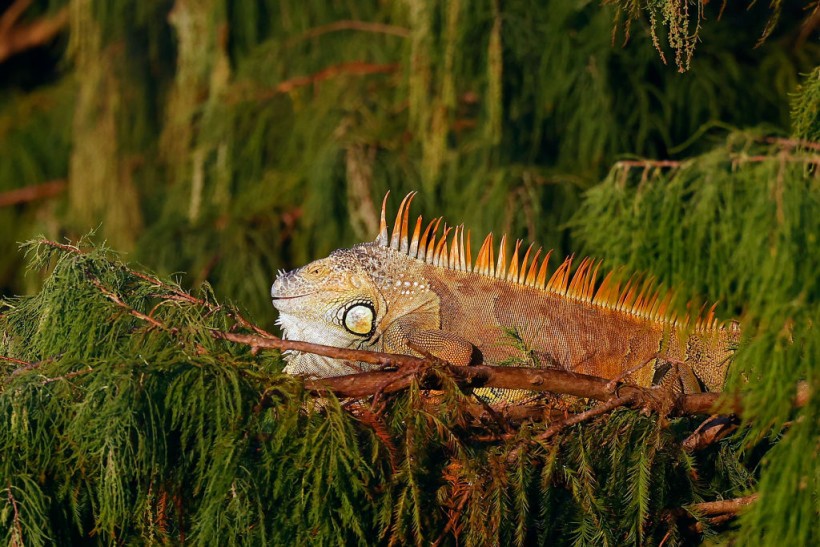Blog Credit: Trupti Thakur
Image Courtesy: Google
China’s Wang’s Garden Lizard
Researchers have identified a new species of iguana living in southern China and Vietnam that was previously confused with a close iguana relative found in the region.
Meet Calotes Wangi
The lizard has been named Calotes wangi or Wang’s garden lizard. It measures under 9 centimeters long and has an orange-hued tongue that distinguishes it. The name honors Professor Yuezhao Wang, former director of the Chengdu Institute of Biology’s herpetology museum, for his contributions.
An Unexpected Find
For years, experts thought they were studying the common Calotes versicolor lizard during surveys. Extensive genetic and morphological analysis revealed otherwise.
Key differentiating traits included more facial scales and longer toe claws. The two species also occupy slightly different forest habitats.
Habits and Habitats
Calotes wangi resides in subtropical and tropical forests, especially along hilly forest edges and shrub lands.
The agile climber is active April-October. It sleeps on sloped branches and feeds on insects and spiders.
Not Currently Threatened
While habitat loss impacts the lizard, researchers do not consider Calotes wangi threatened presently. However, medicinal uses and consumption demand monitoring.
Need for More Sampling
The scientists say more thorough sampling is still needed across the landscape to uncover divergent lineages and cryptic species that remain undescribed.
Indeed, biodiversity studies relying on genetics and morphology continue revealing unique species even in well-studied regions.
As human domination of landscapes keeps expanding, cataloging lifeforms through exploratory sampling grows increasingly urgent worldwide.
About Wang’s Garden Lizard
- It is a new species of iguana.
Scientific Name: Calotes wangi
- Distribution: It is found in subtropical evergreen broad-leaved forestsand tropical monsoon forests in southern China and northern Vietnam, mostly in mountainous areas, hills and plains on forest edges, arable land, shrub lands, and even urban green belts.
- It is not threatenedat present. However, in some areas, their habitat was being fragmented.
Features:
- It is less than 9 cm long, and one of its distinguishing features is its orange tongue.
- It is active at the edge of the forest, and when it is in danger, it rushes into bushes or climbs tree trunks to hide.
- It lies on sloping shrub branchesat night, sleeping close to the branches.
- It eats a variety of insects, spiders,and other arthropods.
- It is active from April to October every year, while in the tropics it is active from March to November or even longer.
- In addition, their bodies are used medicinallyand the lizards are also eaten.
What are iguanas?
- Iguanas are stout lizardsmainly living in the tropical parts of the western world.
- They are identified from their bulky appearance, scaly skin covered in warts, spineson their back, and a flap of flesh under their necks.
- They have shown various colour morphs, the common ones being green, blue, and grey.
Blog By: Trupti Thakur

30
DecChina’s Wang’s Garden Lizard
Dec 30, 2023Recent Blog
The V2G TechnologyApr 21, 2025
Country’s Specific Domain By GoogleApr 19, 2025
The ITES-QApr 17, 2025
The UPI Circle Of PhonePeApr 16, 2025
Dangerous AI In HealthcareApr 15, 2025




